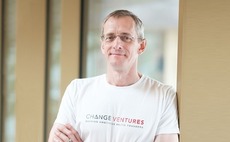
CEE - What's happening in Central & Eastern Europe?
Once the hottest destination for Western European GPs to access new markets, Central & Eastern Europe has firmly debunked the de-coupling theory when it comes to the economic crisis (see story below). Join unquote on 21 May in London for the third annual CEE Private Equity Congress & Awards, where industry luminaries join newcomers to discuss and debate the developments in this market. Places are still available, with some qualifying for free passes. Please visit www.ceepecongress.com or contact unquote editor-in-chief Kimberly Romaine on Kimberly.romaine@incisivemedia.com for more details.
Latest News
Stonehage Fleming raises USD 130m for largest fund to date, eyes 2024 programme
Sponsor acquired the public software group in July 2017 via the same-year vintage Partners Group Global Value 2017
Stonehage Fleming raises USD 130m for largest fund to date, eyes 2024 programme
Czech Republic-headquartered family office is targeting DACH and CEE region deals
Stonehage Fleming raises USD 130m for largest fund to date, eyes 2024 programme
Ex-Rocket Internet leader Bettina Curtze joins Swiss VC firm as partner and CFO
Stonehage Fleming raises USD 130m for largest fund to date, eyes 2024 programme
Estonia-registered VC could bolster LP base with fresh capital from funds-of-funds or pension funds








